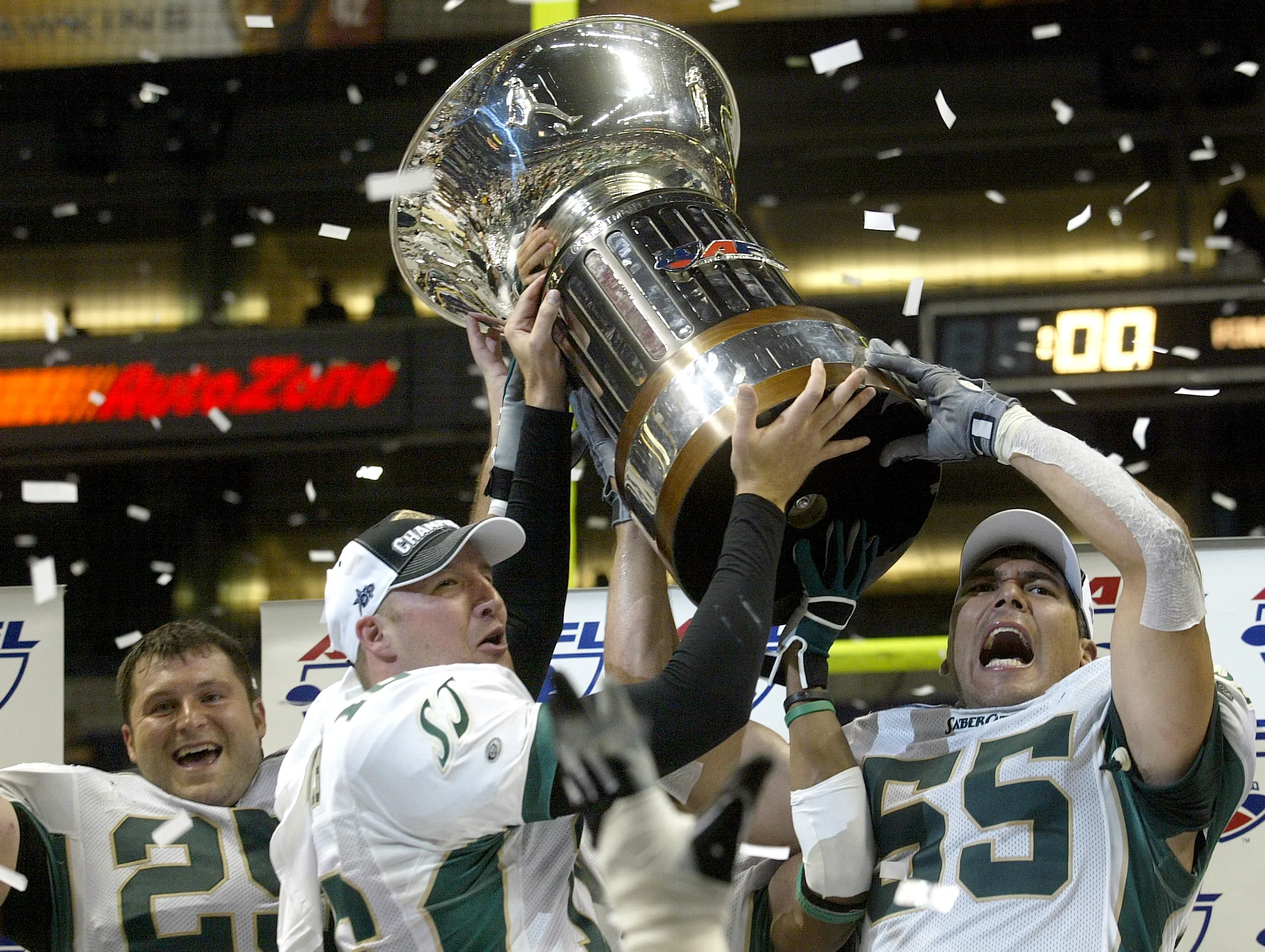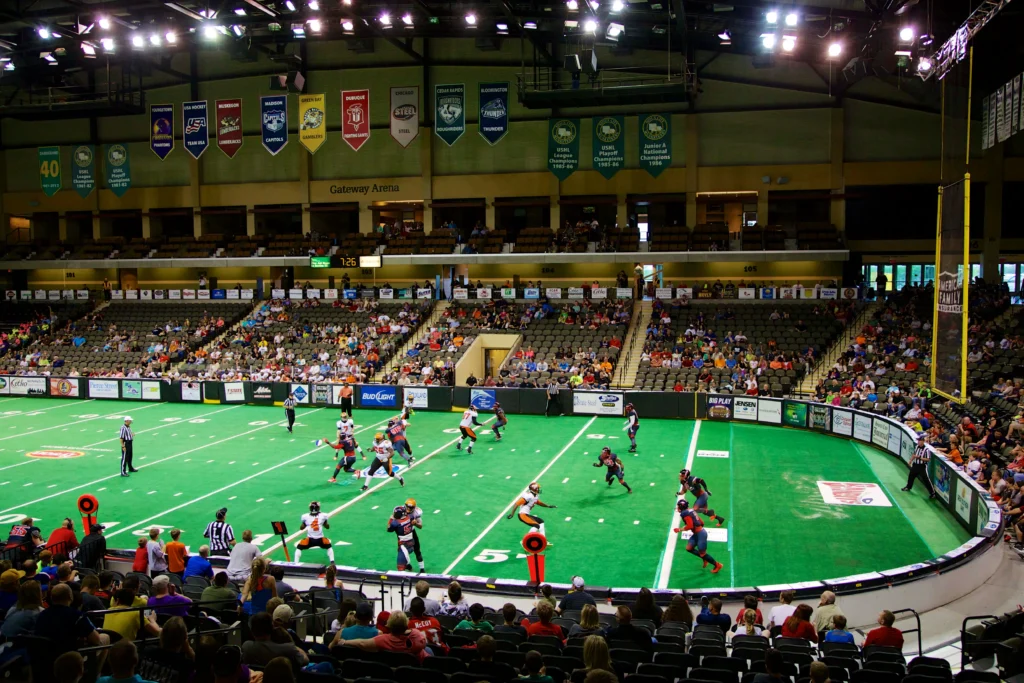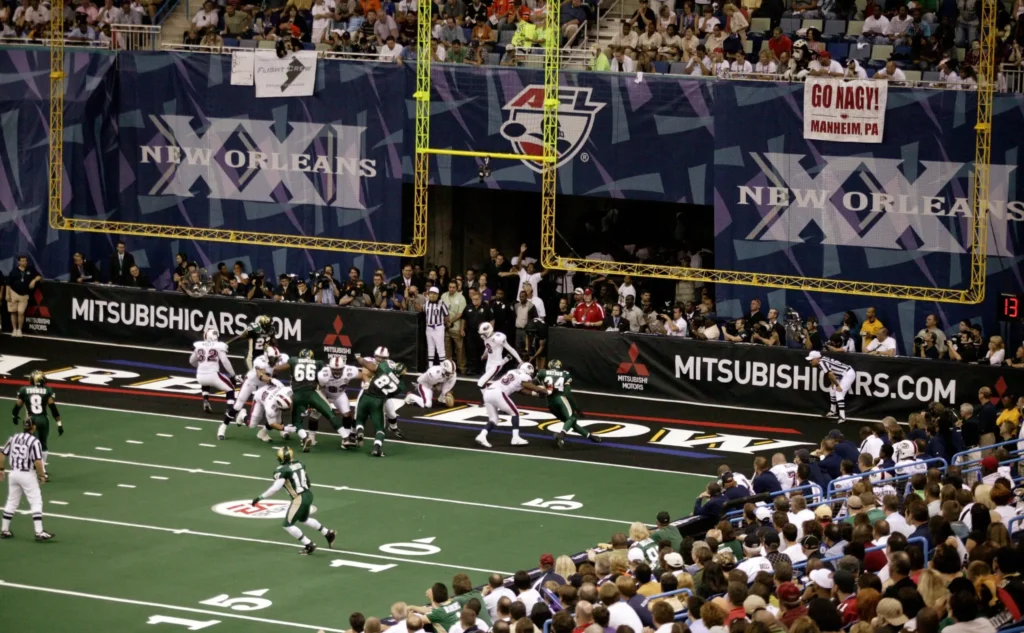The Arena Football League (AFL) faced significant financial struggles that led to the cancellation of its 2009 season. According to Pete Likens, director of communications for the Kansas City Brigade, both the players’ union and the owners reached an agreement to suspend the 2009 season, to return in 2010 as a “single entity league.” Despite the uncertainty, the AFL was aiming to restructure and re-emerge financially stable the following year.
The cancellation of the season reflected deeper financial concerns across the league, which was evident in many other struggling sports franchises, particularly during the economic downturn of the late 2000s. The AFL, like many leagues that rely on gate revenue and sponsorships, faced declining revenues that made it impossible to continue under its existing business model.
The Financial Woes of Arena Football
Arena football was once viewed as an exciting and fast-paced alternative to traditional football, offering fans a more intimate setting. The AFL’s peak in popularity included lucrative TV deals and rising attendance figures, but by the late 2000s, the league’s financial problems had become insurmountable. The inability to cover variable costs and the significant overhead from large player salaries and arena fees made it difficult for teams to remain viable.
This situation aligns with the basic economic principle that a business should shut down if it cannot cover its variable costs. In the AFL’s case, the 2009 season was suspended with hopes that demand would return, allowing the league to reopen in 2010 with a more financially sustainable structure. However, suspending operations was not new for struggling sports leagues, and the decision left many fans wondering about the future of arena football.
Impact on the Players and Teams
The cancellation of the 2009 season also highlighted the financial instability for individual players and franchises. Arena football players were not as well-compensated as their NFL counterparts, relying on these short seasons to supplement their incomes. When the AFL suspended operations, it left many players in limbo, forcing them to explore other football leagues, including the Canadian Football League (CFL) and indoor football leagues.
The Kansas City Brigade, like many other teams, had to make operational adjustments. Although teams like the Brigade were prepared to resume play, the economic climate forced them to delay, with financial restructuring being the top priority.
Comparing the AFL to Other Struggling Leagues
The AFL’s decision to suspend operations contrasts with the fate of other professional sports leagues, such as the Houston Comets, a prominent WNBA franchise that dissolved due to ongoing financial difficulties. Unlike the AFL, which planned a return, the Comets ceased operations entirely in 2008. The franchise had struggled for years despite winning multiple championships. However, the severe economic downturn at the time made it impossible for them to maintain a sustainable business model, forcing the WNBA to fold the team.
In conclusion, the Arena Football League was not alone in facing financial difficulties during the late 2000s. The decision to suspend the 2009 season was a calculated move in hopes of returning in a stronger financial position. Whether the AFL would survive long-term was uncertain, but the league’s decision reflected the harsh realities of operating a sports league in a struggling economy.
The Challenges Faced by Arena Football
One of the primary challenges for the Arena Football League (AFL) was its ability to remain profitable while competing against more established football leagues like the NFL. The smaller fanbase and reduced media attention made it difficult to generate consistent revenue streams. The AFL relied heavily on local sponsorships, ticket sales, and regional TV deals, but these were often not enough to cover operational costs, especially with the rising expenses of player salaries and arena rentals.
The AFL also faced challenges in expanding its market. While it gained popularity in certain regions, it never managed to become a nationwide phenomenon like the NFL or NBA. Many teams were forced to relocate, fold, or pause operations, further hindering the league’s growth. Without the ability to generate the same kind of national advertising revenue as other sports leagues, the AFL’s financial model was under constant strain.
Arena Football’s Fanbase and Popularity
Despite its financial difficulties, the Arena Football League garnered a dedicated fanbase. The fast-paced, high-scoring nature of arena football appealed to fans looking for a more intense and immediate form of entertainment. Unlike the NFL, where games could often feel drawn out due to longer play clocks and breaks, the AFL’s games were played in smaller, enclosed arenas, which made for a unique experience that put fans closer to the action. This intimacy created a cult-like following in some cities, where teams like the Arizona Rattlers and Tampa Bay Storm became fan favorites.
However, this niche popularity also contributed to the league’s struggles to expand beyond its existing markets. Fans who were loyal to the NFL often viewed arena football as a lower-tier version of the sport, which limited the league’s ability to attract larger audiences in new cities. Without a national footprint or widespread television coverage, the AFL struggled to grow its brand beyond its existing base.
The Role of Arena Football in Player Development
For many athletes, the Arena Football League provided a crucial stepping stone in their professional careers. The AFL offered opportunities for players who either went undrafted in the NFL or were looking to extend their playing careers after stints in other leagues. Players like Kurt Warner, who went on to become an NFL MVP and Super Bowl champion, got their start in arena football, demonstrating that the league could serve as a proving ground for talent.
This player development role was one of the AFL’s greatest strengths. By offering a platform for players to showcase their skills in a professional environment, the AFL helped many athletes keep their football dreams alive. It also provided a place for former NFL players to continue competing at a high level after their time in the NFL had ended. However, the financial instability of the league meant that many players faced uncertainty regarding their futures, with inconsistent seasons and unpredictable salaries.
Future of Arena Football and Single-Entity Model
The idea of shifting the Arena Football League to a single-entity model was a strategic move aimed at addressing the financial problems that plagued the league. In a single-entity league, all teams would be owned and operated by the league itself rather than individual owners. This structure was expected to help the AFL control costs more effectively and create a more sustainable business model.
The hope was that by centralizing operations, the AFL could create a more financially stable environment, ensuring that teams would not have to fold or relocate due to ownership issues. This model has been successful in other sports leagues, such as Major League Soccer (MLS), which adopted a similar structure in its early years. For the AFL, transitioning to a single-entity model could have helped level the playing field and foster more consistent growth.
However, transitioning to this new structure required cooperation from team owners, players, and investors, all of whom had vested interests in the league’s traditional model. Whether the AFL could successfully implement this change and return stronger in 2010 remained to be seen, but the idea represented a potential lifeline for a league struggling to stay afloat.



